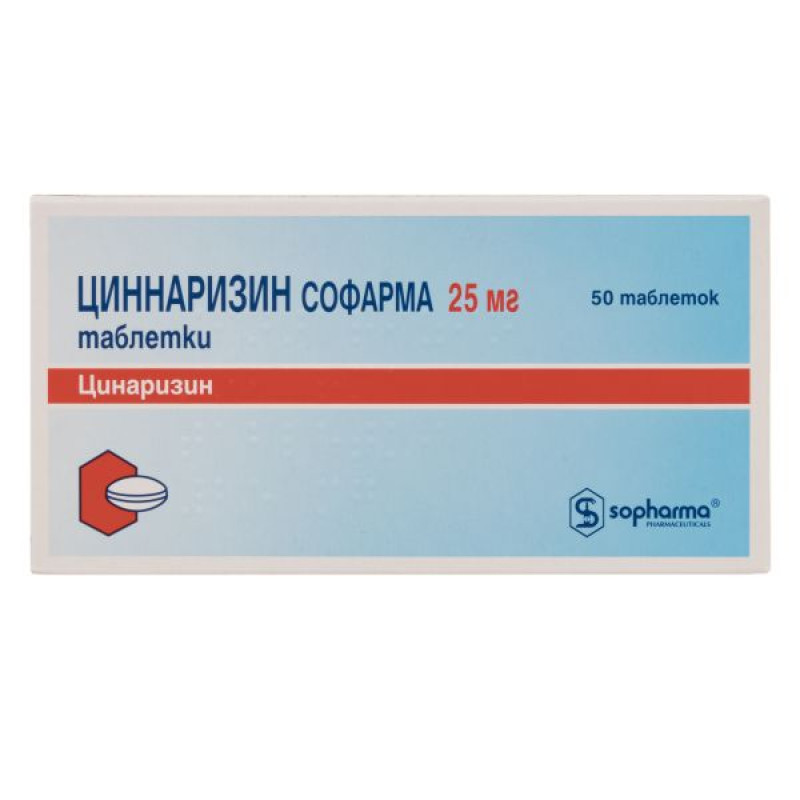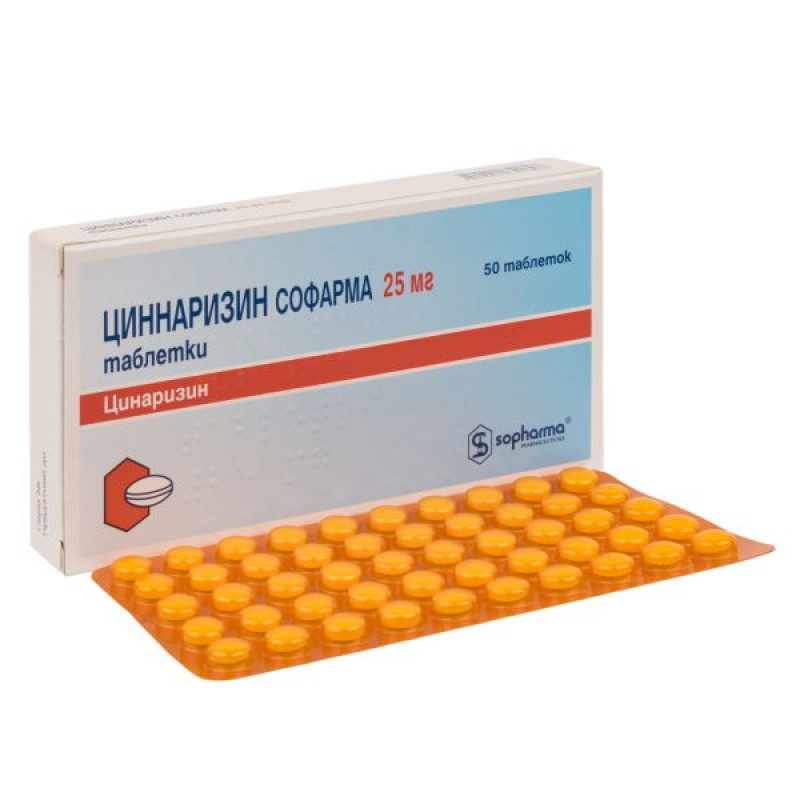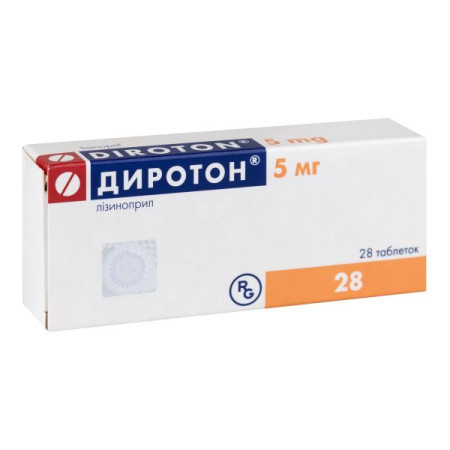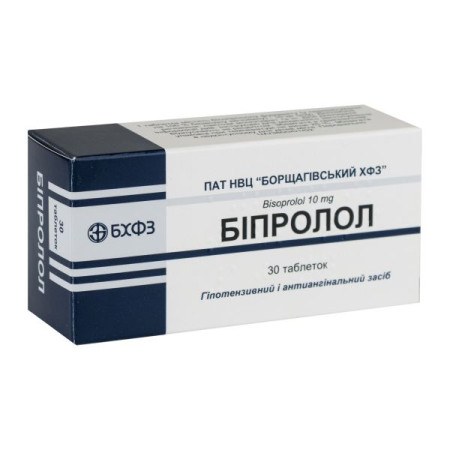Cinnarizine Sopharma tablets 25 mg blister No. 50
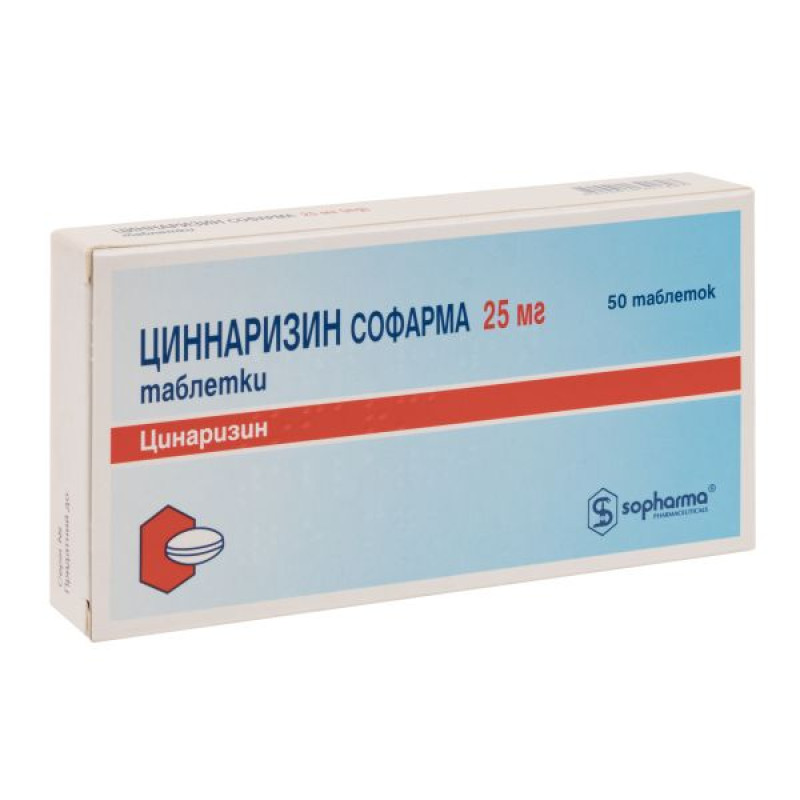
Instructions for use Cinnarizine Sopharma tablets 25 mg blister No. 50
Composition
active ingredient: cinnarizine;
1 tablet contains cinnarizine 25 mg;
Excipients: lactose monohydrate, wheat starch, povidone K 25, colloidal anhydrous silicon dioxide, magnesium stearate, microcrystalline cellulose.
Dosage form
Pills.
Main physicochemical properties: round, biconvex tablets with a diameter of 7 mm, white to almost white in color.
Pharmacotherapeutic group
Medications used for vestibular disorders.
ATX code N07C A02.
Pharmacological properties
Pharmacodynamics.
Cinnarizine improves cerebral and peripheral blood circulation by inhibiting the action of a number of vasoconstrictor substances and the influx of calcium ions into cells by blocking slow voltage-dependent calcium channels. In addition to direct calcium antagonism, cinnarizine reduces the contractile effect of vasoactive substances such as norepinephrine and serotonin by blocking receptor-gated calcium channels. Blockade of calcium entry into cells is tissue-selective and leads to a decrease in vasoconstriction without affecting blood pressure and heart rate. Cinnarizine can additionally improve insufficient microcirculation by increasing the ability of erythrocytes to deform and reducing blood viscosity. When taken, cellular resistance to hypoxia increases.
Cinnarizine inhibits stimulation of the vestibular system, which leads to suppression of nystagmus and other autonomic disorders. With the help of cinnarizine, it is possible to prevent or reduce the manifestations of acute attacks of dizziness.
It has an established antihistamine effect.
Pharmacokinetics.
Absorption: relatively slowly absorbed from the gastrointestinal tract. Peak plasma concentrations are reached 1-3 hours after oral administration. This indicator varies considerably between individuals and between patients.
Distribution: binds to blood plasma proteins by 80%, to erythrocytes - up to 13%. Distribution in tissues is more intense, up to 4 hours after taking the drug, high concentrations are detected in the liver, lungs, myocardium, and brain.
Metabolism: extensively metabolized, mainly by N-dealkylation.
Elimination: The half-life is 3-6 hours. Excreted in feces unchanged, in urine in the form of metabolites.
Indication
Supportive treatment for symptoms of labyrinthine disorders, including dizziness, nausea, vomiting, tinnitus and nystagmus.
Prevention of motion sickness.
Migraine prevention.
Supportive treatment for symptoms of cerebrovascular origin, including dizziness, ringing in the ears (tinnitus), vascular headache, irritability, memory loss and inability to concentrate.
Supportive treatment of symptoms of peripheral vascular disorders, including Raynaud's disease, acrocyanosis, intermittent claudication, trophic disorders and varicose ulcers, paresthesia, nocturnal limb cramps, and cold extremities.
Contraindication
Hypersensitivity to the active substance or to any of the excipients.
Interaction with other medicinal products and other types of interactions
Concomitant use of cinnarizine with alcohol, CNS depressants or tricyclic antidepressants causes mutual potentiation of their effects and may enhance sedative effects.
Due to its antihistamine action, cinnarizine may suppress a positive reaction during intradermal diagnostic tests if used within 4 days prior to their performance.
Cinnarizine may cause a false-positive reaction in anti-doping tests in athletes.
Application features
Cinnarizine (like other antihistamines) can cause "stomach discomfort." Taking the tablets after meals reduces irritation of the stomach lining.
Cinnarizine should be prescribed to patients with Parkinson's disease if the benefits of its treatment outweigh the possible risk of worsening the condition.
Since cinnarizine may cause drowsiness, especially at the beginning of treatment, simultaneous use of alcohol, CNS antidepressants or tricyclic antidepressants should be avoided.
The drug should be used with caution in patients over 65 years of age, children, and those with a family history or clinical symptoms of extrapyramidal disorders.
In patients prone to hypotension, it is necessary to monitor blood pressure during treatment.
Cinnarizine should be avoided in porphyria.
Cinnarizine should be used with caution in patients with hepatic and/or renal insufficiency.
This medicinal product contains 63.12 mg of lactose monohydrate per tablet. Patients with rare hereditary problems of galactose intolerance, the Lapp lactase deficiency or glucose-galactose malabsorption should not take this medicinal product.
The medicine contains the excipient wheat starch. Wheat starch may contain small amounts of gluten, its use is considered safe for people with celiac disease.
Use during pregnancy or breastfeeding
Cinnarizine does not have a teratogenic effect in animal studies.
Due to the lack of well-controlled clinical studies on the safety of the drug in pregnant women, its use is contraindicated during pregnancy.
Breast-feeding.
Due to the lack of data on the excretion of the drug into breast milk, its use during breastfeeding is contraindicated. If necessary, breastfeeding should be discontinued.
Ability to influence reaction speed when driving vehicles or other mechanisms
Cinnarizine may cause drowsiness, especially at the beginning of treatment, which should be taken into account and the drug should be prescribed with caution to drivers and machine operators when assessing the benefits and risks.
Method of administration and doses
Adults and children aged 12 and over.
Cerebrovascular accident: 1 tablet of 25 mg 3 times a day (75 mg/day).
Imbalance: 1 tablet of 25 mg 3 times a day (75 mg/day).
Peripheral circulatory disorders: 2-3 tablets of 25 mg 3 times a day
(150-225 mg/day). Since the effect on dizziness is dose-dependent, the dosage should be increased gradually.
Motion sickness: 1 tablet of 25 mg half an hour before the trip, the dose can be repeated every 6 hours.
The maximum recommended daily dose should not exceed 225 mg (9 tablets).
Cinnarizine Sopharma is best taken after meals.
The effectiveness of treatment depends on the individual dosage regimen and sufficient duration of the treatment course.
Children
Not recommended for use in children under 12 years of age.
Overdose
Acute overdose of cinnarizine has been reported after doses ranging from 90 to 2250 mg. The main signs and symptoms of overdose are related to its anticholinergic (atropine-like) action.
Symptoms: change in consciousness from drowsiness to stupor and coma, vomiting, extrapyramidal symptoms, arterial hypotension, tremor, convulsions. Convulsions were observed in a small number of children. In most cases, clinical manifestations were not severe, but fatal cases were noted after overdose with simultaneous use of cinnarizine with other drugs.
Treatment: in cases of overdose, treatment with the drug is discontinued and measures are taken to quickly eliminate it (gastric lavage, activated charcoal, symptomatic therapy).
There is no specific antidote.
Adverse reactions
Drowsiness and gastrointestinal disturbances may occur. These symptoms are usually temporary and disappear as the optimal dose is gradually reached.
In elderly patients, cases of exacerbation or appearance of extrapyramidal symptoms, sometimes in combination with depressive states, have been observed during long-term treatment. In such cases, the use of the drug should be discontinued.
The following adverse reactions, classified by system organ class, were observed with the use of cinnarizine:
Immune system disorders: hypersensitivity, including allergic reactions.
Nervous system: headache, drowsiness, hypersomnia, lethargy, dyskinesia, extrapyramidal disorders, parkinsonism, tremor.
Gastrointestinal: nausea, stomach discomfort, vomiting, abdominal pain, dyspepsia, dry mouth.
Liver and biliary tract disorders: cholestatic jaundice.
Skin and subcutaneous tissue disorders: hypersensitivity reactions, hyperhidrosis (increased sweating), lichenoid keratosis, lichen planus, subacute cutaneous lupus erythematosus (lichen planus and lupus-like skin symptoms) may develop.
Musculoskeletal and connective tissue disorders: muscle rigidity.
General disorders: fatigue.
Impact on laboratory and instrumental research results: weight gain.
Expiration date
3 years.
Storage conditions
Keep out of reach of children.
Store in the original packaging at a temperature not exceeding 25 °C.
Packaging
50 tablets in a blister of PVC film and aluminum foil. 1 blister in a cardboard pack.
Vacation category
Without a prescription.
Manufacturers
JSC "Sopharma".
JSC "VITAMINS".
Location of manufacturers and addresses of their places of business
JSC "Sopharma"
16 Ilienskoe Shose St., Sofia, 1220, Bulgaria.
JSC "VITAMINS"
Ukraine, 20300, Cherkasy region, Uman city, Uspenska st., 31.
There are no reviews for this product.
There are no reviews for this product, be the first to leave your review.
No questions about this product, be the first and ask your question.




